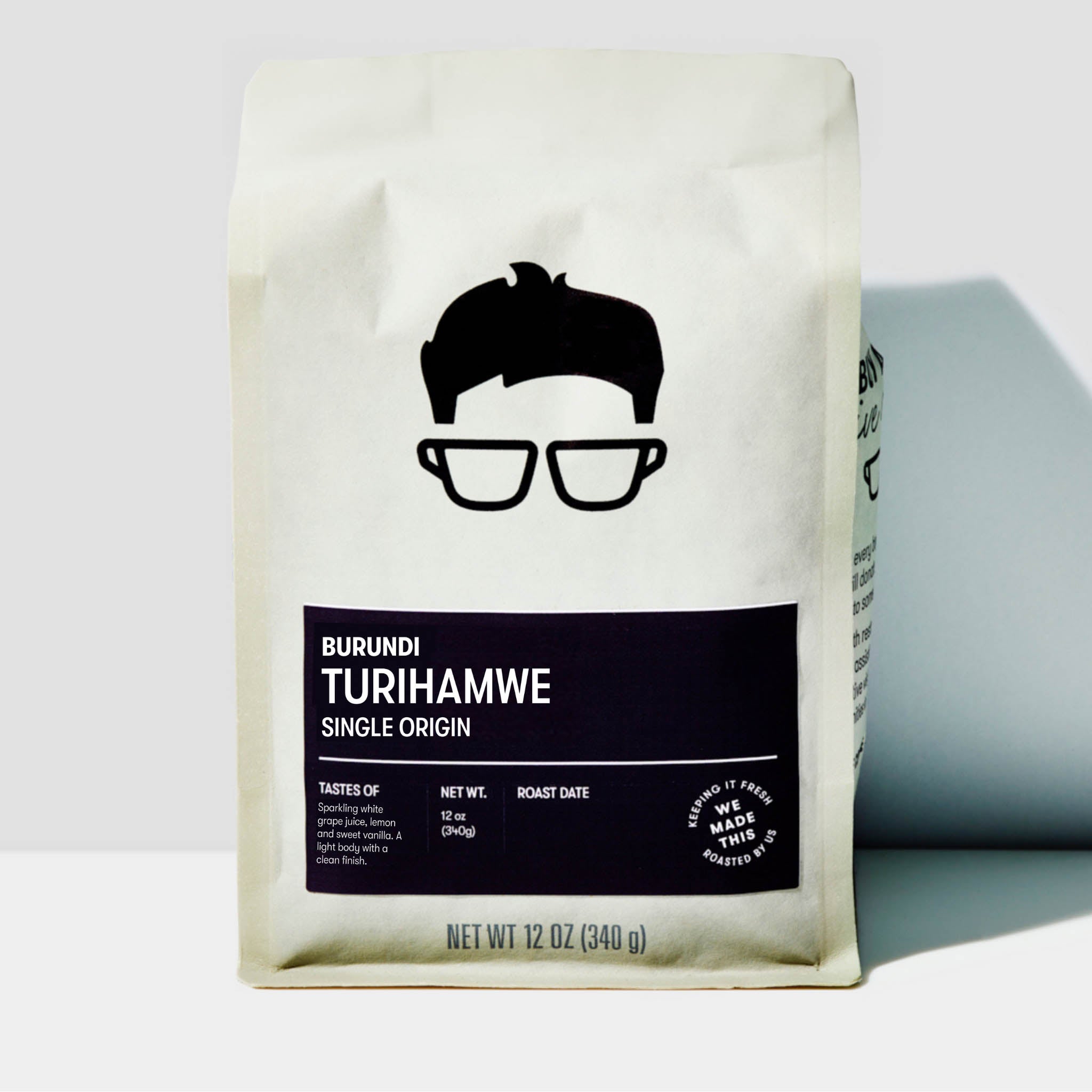Understanding Coffee Beans: the Journey From Coffee to Blended Coffee Beans

The Beginnings of Coffee: A Global Viewpoint
While you might believe of coffee as a modern staple, its beginnings map back centuries, intertwining with societies throughout the world. The tale starts in Ethiopia, where legend claims a goat herder named Kaldi found the stimulating results of coffee beans after discovering his goats romping vigorously after eating them.
As profession courses expanded, coffee made its way to Europe in the 17th century, rapidly getting popularity. Each culture added its distinct twist to coffee preparation, enriching its history.
Growing and Harvesting of Espresso Beans
As coffee's journey developed, the focus shifted to the cultivation and harvesting of particular bean selections, particularly those used for coffee. You'll locate that coffee beans frequently originate from Arabica or Robusta plants, each offering unique flavors. The suitable growing conditions consist of high elevations and rich, well-drained soil, which enhance the beans' top quality.
Throughout the harvest, selecting techniques differ. Timing is important; you desire to gather when the cherries reach peak ripeness for maximum taste.
When harvested, the beans are planned for handling, which is essential in determining their last taste. Recognizing the growing and harvesting procedures gives you understanding into what goes right into your preferred espresso, enhancing your appreciation for each and every mug.
Processing Techniques: From Cherry to Bean
Now that you have actually discovered harvesting coffee beans, let's check out how those cherries transform into the coffee beans you like. You'll see just how different harvesting strategies impact taste, followed by the crucial steps of fermentation and drying out. Finally, we'll break down the milling and grading procedure that determines your coffee's top quality.
Collecting Techniques Described
When it concerns coffee, recognizing harvesting methods is important, given that they directly impact the flavor and high quality of the beans you take pleasure in. There are 2 key methods: careful picking and strip selecting. Discerning choosing includes hand-picking just ripe cherries, guaranteeing you get the most effective top quality beans. This method usually results in a richer taste profile, though it's even more labor-intensive. On the various other hand, strip selecting methods harvesting all cherries simultaneously, no matter of perfection. While it's quicker and more affordable, this can lead to a mix of tastes, influencing the end product. Inevitably, the selection of harvesting technique can considerably affect your coffee experience, so it deserves recognizing just how those beans made it to your mug.
Fermentation and Drying Out
After gathering, the following steps in processing coffee beans play a significant role fit their taste. You'll locate that fermentation is crucial, as it aids break down the mucilage bordering the beans, improving their taste account. Depending on the approach, this process can last from a couple of hours to numerous days, with differing results based upon temperature level and moisture.
Sun-drying enables the beans to soak up flavors from the environment, while mechanical drying guarantees consistent moisture levels no matter of weather condition. Proper drying is vital to prevent mold and mildew and maintain the beans' high quality, ultimately influencing your cup of coffee.
Milling and Grading Process
As fermentation and drying out established the stage for taste growth, the milling and grading process assurances that just the most effective coffee beans make it to your mug. This phase entails getting rid of the outer layers of the coffee cherry, including the parchment and husk. After milling, the beans are arranged by dimension and weight, guaranteeing an uniform high quality. You'll discover that grading assists identify problems and classify beans, which influences taste and aroma. Top quality beans receive a higher grade, causing a richer coffee experience. When graded, the beans await packaging and shipping, protecting their special qualities. This careful process is crucial for delivering the extraordinary taste you appreciate in every sip of your favored mixture.
Roasting Methods: Opening Taste Possible
When you roast coffee beans, the technique you pick can drastically influence the flavor account. Comprehending the relationship between time, temperature level, and toasting methods is essential to exposing the capacity of your brew. Let's check out how these aspects collaborated to create the best mug.
Roasting Techniques Discussed
While you might think that all coffee toasting techniques produce the exact same outcomes, the reality is that each strategy reveals special taste capacities in the beans. You can pick between approaches like drum roasting, air roasting, and even conventional pan roasting. Drum roasting uses a rotating drum to equally distribute warmth, enhancing caramelization and creating a well balanced flavor. Air roasting, on the other hand, circulates hot air around the beans, advertising a lighter roast with pronounced acidity. Pan toasting permits for hands-on control however needs consistent focus to prevent burning. Each technique has its nuances, so try out various strategies can help you uncover the excellent roast that straightens with your taste preferences. Appreciate the trip of discovering your perfect cup!

Effect On Taste Profile
Different roasting approaches not just influence the procedure yet additionally substantially affect the taste profile of the coffee beans. When you choose a light roast, you'll experience brilliant acidity and flower notes, showcasing the bean's origin. On the other hand, a tool roast balances level of acidity with sweet taste, commonly revealing chocolatey undertones. Dark roasts, on the various other hand, bring out bold, smoky tastes, occasionally covering up the bean's distinct attributes. Each strategy reveals various oils and compounds, bring about a wide variety of tastes. By trying out numerous toasting styles, you can uncover which accounts resonate with your taste buds. Understanding these nuances helps you appreciate the creativity behind your cup of coffee, improving your general experience with every sip.
Time and Temperature Level Elements
To release the full flavor possibility of coffee beans, both time and temperature level throughout the toasting process play significant roles. When toasting, you'll locate that higher temperatures can rapidly develop tastes, yet if you hurry it, you may wind up with scorched notes. Conversely, lower temperature levels enable for a much more gradual taste advancement, showcasing the beans' one-of-a-kind features.

Timing is simply as essential; expanding the roast as well long can lead to a loss of level of acidity and brightness, while also brief a roast may leave the beans underdeveloped. Finding that sweet spot requires technique and trial and error. By readjusting these variables, you can expose the rich, complex flavors hidden within each bean, creating a genuinely remarkable coffee experience.
The Art of Mixing: Crafting Unique Coffee Profiles

Beginning by choosing a base coffee that provides a strong foundation. Pick corresponding beans to boost certain flavor notes. A bright Ethiopian bean can bring fruitiness, while a rich Brazilian coffee adds body. Testing is crucial-- do not hesitate to adjust ratios until you discover your suitable account.
As you blend, bear in mind that each combination narrates. You're not simply making coffee; you're developing an experience. Take your time, preference often, and delight in the journey of uncovering your trademark mix - Single Origin Espresso.
Brewing Methods: How Preparation Influences Taste
Mixing coffee opens up a domain of taste opportunities, however how you make that blend can considerably affect your final mug. On the other hand, a pour-over highlights the coffee's clarity and illumination, ideal for showcasing fragile notes.
Espresso, with its high stress, creates a concentrated shot that emphasizes sweetness and crema. If you favor a lighter brew, consider a chilly brew approach; it yields a smooth, much less acidic preference.
Changing variables like water temperature, grind size, and make time can transform your coffee's profile. Accept the art of developing to discover the tastes hidden in your coffee blends.
The Future of Coffee: Sustainability and Technology
As the coffee industry advances, sustainability and development are coming to be important for dealing with ecological obstacles and meeting customer needs. You'll see that more coffee companies are embracing green techniques, from sourcing beans morally to executing lasting farming techniques. These changes not just help the world but also boost the quality of the coffee you delight in.
You might see advancements like biodegradable packaging and water-saving brewing approaches that minimize waste. Advanced technology, Single Origin Espresso such as blockchain, is additionally coming to be prominent, guaranteeing transparency in the supply chain, which permits you to map your coffee back to its origins.
Furthermore, buying regional communities and supporting farmers with fair trade campaigns fosters a more lasting coffee environment. As you sip your following cup, bear in mind that your selections can contribute to a brighter future for coffee. By going with sustainable brand names, you're not simply enjoying a beverage; you're making a favorable influence on the globe.
Frequently Asked Questions
What Is the Difference In Between Arabica and Robusta Beans?
Arabica beans are smoother, sweeter, and have a higher acidity, while robusta beans are more powerful, a lot more bitter, and have even more caffeine. When brewing your coffee., you'll discover these distinctions in flavor and fragrance.
How Does Altitude Affect Coffee Bean Flavor?
Elevation influences coffee bean flavor considerably. Greater elevations generate beans with brighter level of acidity and complex tastes, while reduced altitudes typically produce beans that are much heavier and less nuanced. You'll see these distinctions in your mug!
What Are the Health And Wellness Advantages of Drinking Coffee?
Drinking coffee can increase your energy, boost psychological focus, and even boost physical performance. It's abundant in antioxidants, may reduce the threat of specific illness, and can promote a much healthier metabolic rate when eaten in moderation.
Can Coffee Beans Be Recycled for Developing?
Yes, you can recycle coffee beans for developing, however the flavor may be weaker. If you appreciate exploring, try reusing them in various methods, like cold brews or contributing to healthy smoothies for an added kick.
Exactly how Should I Store Coffee Beans for Quality?
To keep your coffee beans fresh, store them in a closed container in an awesome, dark location. Stay clear of revealing them to light, warmth, or dampness, as these variables can rapidly degrade their taste and aroma.
Recognizing Coffee Beans: the Trip From Espresso to Blended Coffee Beans.
Now that you have actually found out about collecting coffee beans, let's check out exactly how those cherries transform into the coffee beans you love.When you roast coffee beans, the technique you select can substantially influence the taste account - Single Origin Espresso.While you could think that all coffee roasting approaches yield the very same outcomes, the reality is that each strategy exposes unique taste potentials in the beans.Different roasting techniques not just influence the procedure however additionally greatly impact the taste account of the coffee beans